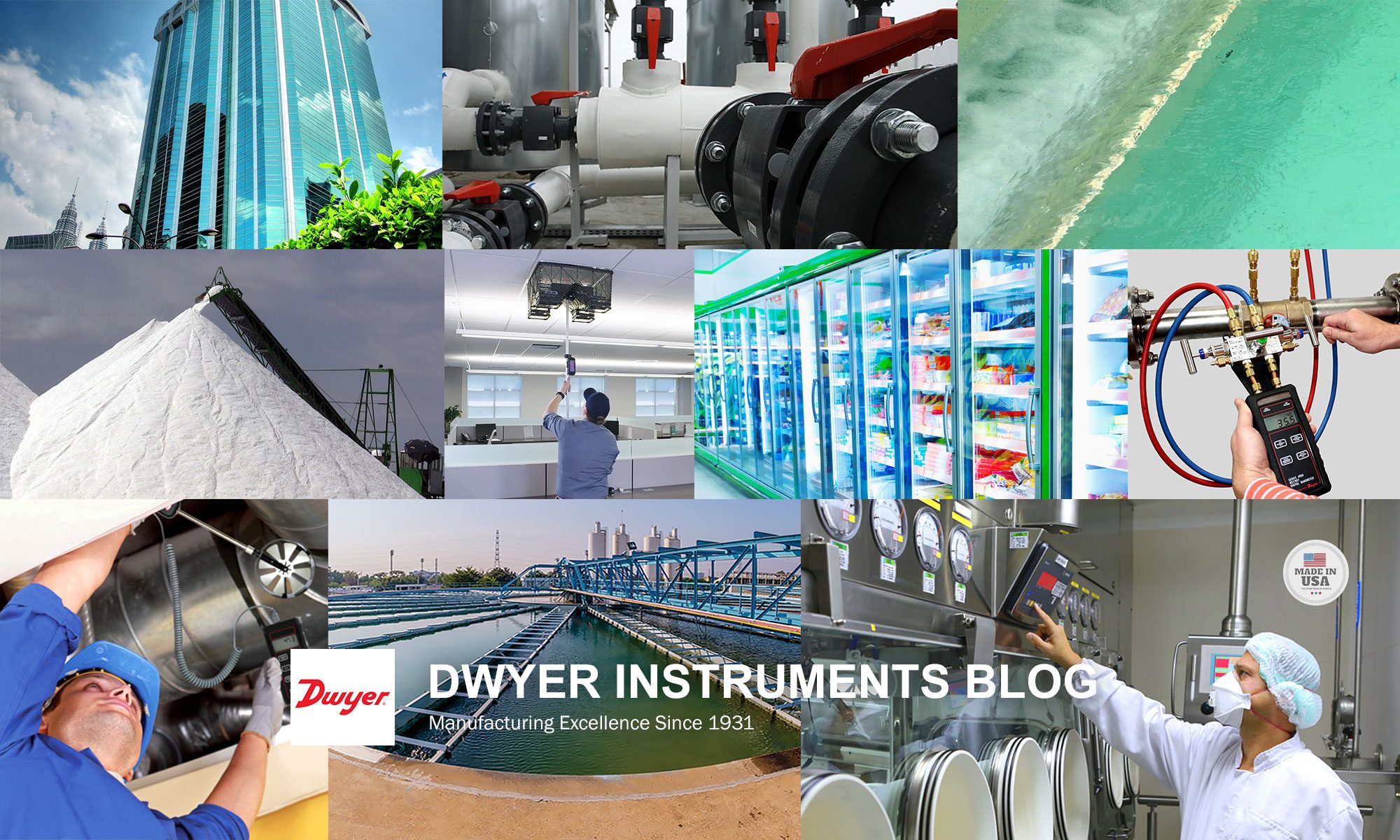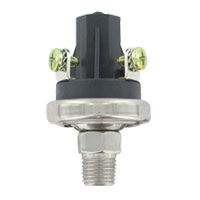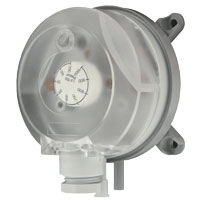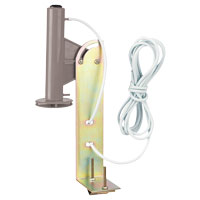Product Highlight: 47X Series Handheld Test Instruments
What is Absolute Pressure and When to Consider Using an Absolute Pressure Sensor?
Have you ever noticed that some pressure sensors have units listed in PSIG 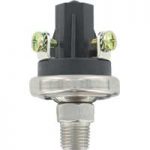 while others list PSIA? There are numerous applications where pressure sensors are used and some applications require a different reference to ensure the most accurate pressure measurement. Continue reading “What is Absolute Pressure and When to Consider Using an Absolute Pressure Sensor?”
while others list PSIA? There are numerous applications where pressure sensors are used and some applications require a different reference to ensure the most accurate pressure measurement. Continue reading “What is Absolute Pressure and When to Consider Using an Absolute Pressure Sensor?”
Ask the Expert – Filter Status Switch
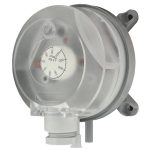
Question: What setpoint should I set my differential pressure switch to for indicating when my filter is dirty?
Ask the Expert – Issues with Referencing Outside Air Pressure
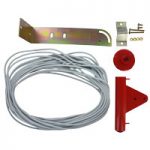
Question: I am trying to measure building pressure relative to outside air pressure. However, in doing so, I am seeing fluctuations in the differential pressure readings. Is there any way to minimize or eliminate these fluctuations? Continue reading “Ask the Expert – Issues with Referencing Outside Air Pressure”
